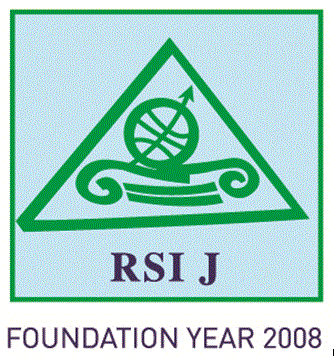ALIASUDDIN
Associate Professor at the Department of Economics, Faculty of Economics and Business, Universitas Syiah Kuala, Banda Aceh, Indonesia
aliasuddin@unsyiah.ac.id
Sofyan SYAHNUR
Associate Professor at the Department of Economics, Faculty of Economics and Business,Universitas Syiah Kuala, Banda Aceh, Indonesia
kabari_sofyan@unsyiah.ac.id
MALIA
Graduate Student at the Department of Economics, Faculty of Economics and Business, Universitas Syiah Kuala, Banda Aceh, Indonesia
malia1980@mhs.unsyiah.ac.id
Abstract
This study aims to analyze the relationship between inflation and unemployment in 10 Southeast Asian from 1996 to 2016 using 210 data samples. The estimation results, using the GMM panel method, showed that the use of Instrument Variables (IV) is valid for the model and the results show a negative and significant relationship between inflation and unemployment. The optimal value of inflation and unemployment for the Southeast Asian Region were found to be 4 percent and 8 percent respectively. This means that a trade-off has taken place. Thus, the existence of the Phillips Curve in Southeast Asian countries during the period of 1996-2016 can be proven. In accordance with the Phillips Curve review, if the trade-off occurs, the government cannot resolve both problems simultaneously. In other words, policy makers must be able to choose the problem to be addressed first, either by implementing monetary policy, fiscal policy or both, so that economic stability and public welfare are maintained.
Keywords: Inflation, Unemployment, Phillips Curve, Panel GMM, Southeast Asia.
JEL classification: E24, E31, C23, J01
